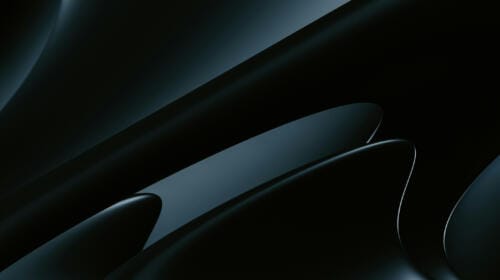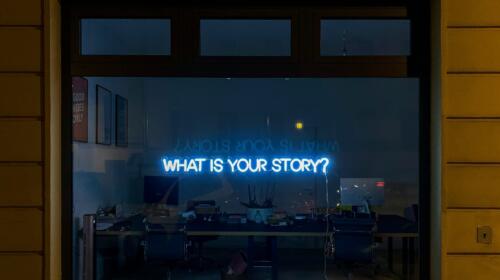The first step in this venture (or any venture, really), is to do your research. Start with a competitive analysis. What is your opposition doing? Is it effective? If you believe it to be successful, do not attempt cloning their tactics, rather, ask yourself “what are your competitors achieving with their look and feel?” Chase the reaction they’re creating, not the tactics they’re using. Even if you’re a budding start-up eager to keep up with the big players, you shouldn’t try to emulate them. Take this unique opportunity and become a new disruptor in the market.
Another key component to consider as part of your research is to reevaluate your customer profile. Your audience is evolving along with you. They’re reacting to new cultural stimuli and may have different priorities than they used to. This also affects taste and stylistic preferences. The more in-tune you are with your ever-evolving customer-base, the better chances you have of being attractive and cutting edge.
Here are a few basic principles that will push brand creative in a more unique and original direction. The first and most common mistake brands make is with stock imagery selection. There are countless tropes that are entirely too overplayed. I think every single B2B tech security company has used a digital connective texture overlaying a lock, and every new start-up has used a photo of flannel-adorned business professionals pointing to a computer screen with a lens flare overexposing the shot. There is a litany of guidelines, but monotony and repetition should definitely be added to the list of stock photography sins. When in doubt, hire a photographer to do your own photoshoot or a designer to create your own unique geometric patterns and illustrations.
Individuality doesn’t just come from the elements used, but more so in the approach. There’s no question that today’s design trends (no matter what industry) lie within clean whitespace and minimalistic icons. There’s a prime opportunity to break through the market with more contrast and drama. Although, like with anything, this philosophy should be applied strategically. For example, a clean and simple approach may be the most appropriate, especially in the realm of UI/UX because the prime directive in that case is usability and learned behavior. You can’t break ALL of the rules, but you can certainly push the limits. Try saving your most experimental ideas for isolated campaigns that have a shorter shelf-life to see how they perform. Corporate identity decisions should definitely be left to a design professional who knows which rules can be broken and which need to be preserved.
Branding matters! If you look different and interesting, it means you think differently, which means your product/service is unique and worth investing in over your competitors.
In order to build a pioneer brand, make sure all marketing tools are working together with design at the forefront.



